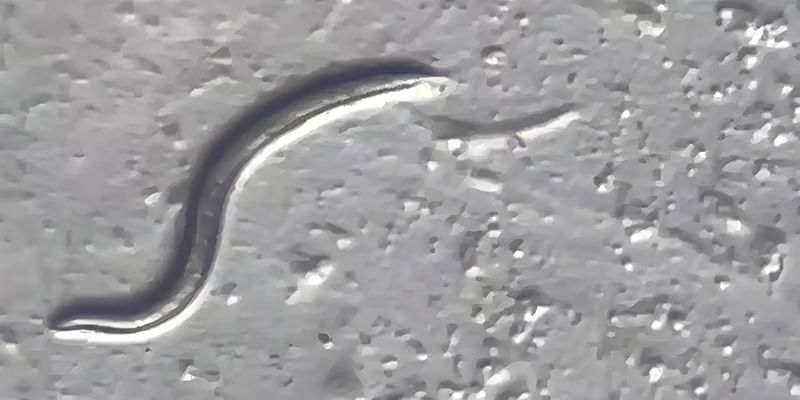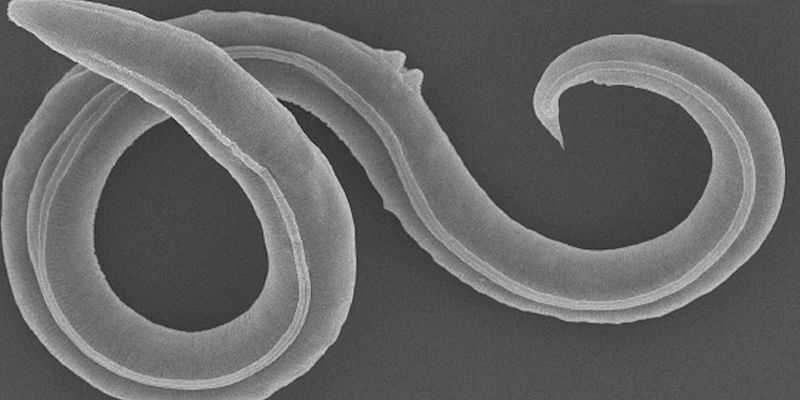
Scientists have successfully revived a roundworm that has been frozen in Siberian Permafrost for an astonishing 46,000 years, marking a major breakthrough in understanding life in extreme conditions.
This unique roundworm, now identified as a new species named Panagrolaimus kolymaenis, was discovered buried 131.2 feet beneath the Siberian permafrost. It had managed to survive this extended deep-freeze by entering a state of suspended animation known as cryptobiosis. In this condition, the worm’s metabolic activity decreased to almost nil, allowing it to endure extreme temperatures and lack of oxygen or water, essentially placing it in a state between life and death.

The revived worm, and its remarkable survival method, was the subject of a research paper published in the PLOS Genetics journal. The study was headed by Professor Teymuras Kurzchalia from the Max Planck Institute of Molecular Cell Biology and Genetics in Dresden, Germany, along with a team of international researchers.
Radiocarbon dating of plant material in the same sample revealed that the deposits hadn’t thawed for between 45,839 and 47,769 years. Genetic analysis further confirmed the worm as a novel species, distinct from the two species of roundworm previously discovered in the Siberian permafrost five years ago.
Interestingly, researchers discovered that the P. kolymaenis worm shared a common “molecular toolkit” with Caenorhabditis elegans, a species often used in scientific studies. Both species produced a sugar called trehalose, which possibly equipped them to survive extreme cold and dehydration. This shared biochemical pathway, found in species separated by hundreds of millions of years, suggests that some evolutionary processes are deeply conserved.
Dr. Philipp Schiffer, the research group leader at the University of Cologne and a contributor to the study, sees potential far-reaching applications of these findings. He believes that understanding the survival mechanisms of these organisms can help us develop ways to protect other species in increasingly extreme conditions due to climate change.
The revival of this ancient roundworm sets a new record for the longest survival period in cryptobiosis, far exceeding previous records involving organisms frozen for thousands, not tens of thousands, of years. It opens up fascinating possibilities about life’s endurance and the resilience of organisms in the most extreme conditions. Further study of these creatures might even inform conservation efforts and provide insight into deep evolutionary processes.










